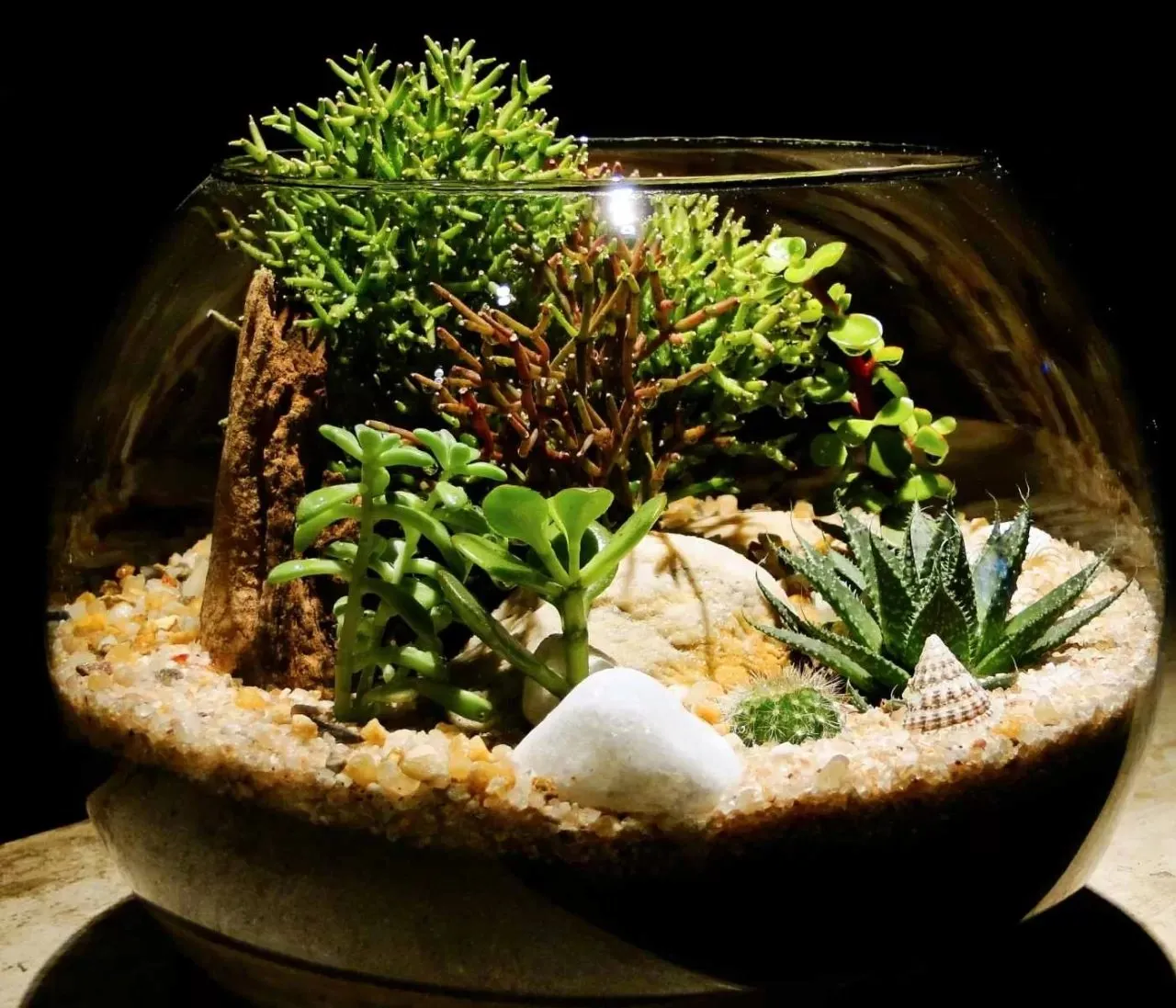Understanding Tarantula Enclosure Mold
Mold in a tarantula enclosure is a common, yet concerning issue for any tarantula owner. It’s crucial to understand what causes mold, how to identify it, and most importantly, how to treat and prevent it. Mold can pose significant health risks to your tarantula, leading to respiratory issues and other complications. Addressing mold promptly is essential for maintaining a healthy environment for your pet. This guide will provide comprehensive information on tackling mold in your tarantula enclosure, ensuring the well-being of your eight-legged friend. A proactive approach, combining knowledge with consistent care, is key to success.
Causes of Mold Growth in Tarantula Enclosures
Several factors contribute to mold growth in tarantula enclosures. Understanding these causes is the first step in preventing and managing mold issues. By addressing these root causes, you can create a healthier habitat for your tarantula, reducing the likelihood of mold formation. These factors often work in synergy, increasing the risk significantly if multiple conditions are present. Addressing the root causes effectively requires diligent observation and care, helping to maintain the necessary environmental conditions for the tarantula’s wellbeing.
High Humidity
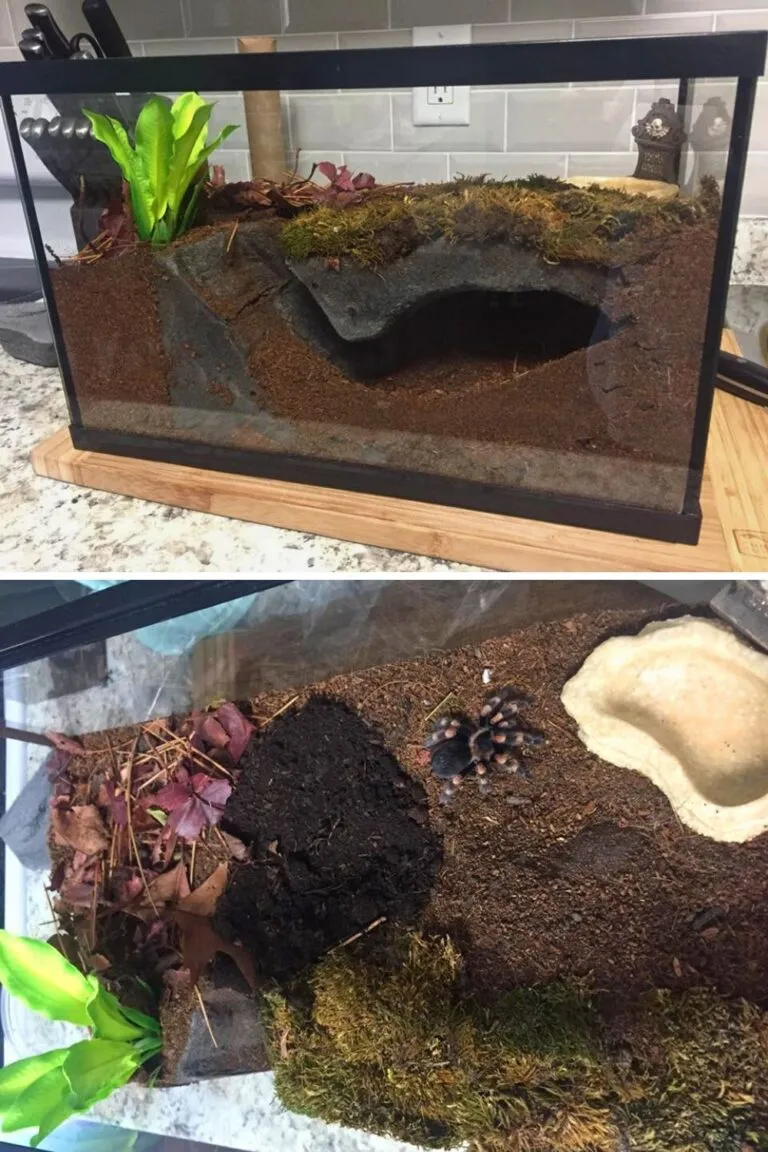
Tarantulas thrive in specific humidity levels, but excessive humidity can create a breeding ground for mold. High humidity encourages mold spores to germinate and grow, leading to rapid colonization within the enclosure. Regular monitoring with a hygrometer and adjusting ventilation can help maintain appropriate humidity levels. Overwatering or improper ventilation are primary contributors to this problem. Keep humidity in check to avoid mold buildup and maintain a safe environment for your tarantula. High humidity combined with other factors creates a perfect environment for mold to flourish, so control is key.
Poor Ventilation
Inadequate ventilation prevents proper airflow, trapping moisture within the enclosure. Stagnant air provides an ideal environment for mold growth. Proper ventilation allows for the exchange of air, reducing humidity and minimizing the conditions that support mold development. Ensure that your enclosure has sufficient ventilation points, such as cross-ventilation or a mesh top, to prevent mold issues. Well-ventilated enclosures not only combat mold but also help in maintaining the right temperature and overall air quality for your tarantula, essential for their health.
Organic Substrate
The substrate you use in your tarantula enclosure plays a significant role in mold growth. Organic substrates, such as peat moss, coconut fiber, or soil, retain moisture and can act as a food source for mold. Regular substrate changes and the use of mold-resistant substrates can mitigate this risk. Maintaining a balance between humidity and the type of substrate is critical. Consider using substrate mixes that are less prone to mold or incorporating elements that promote better drainage and air circulation. The correct choice of substrate can significantly lower your risk of mold and improve the overall environment.
Food Debris
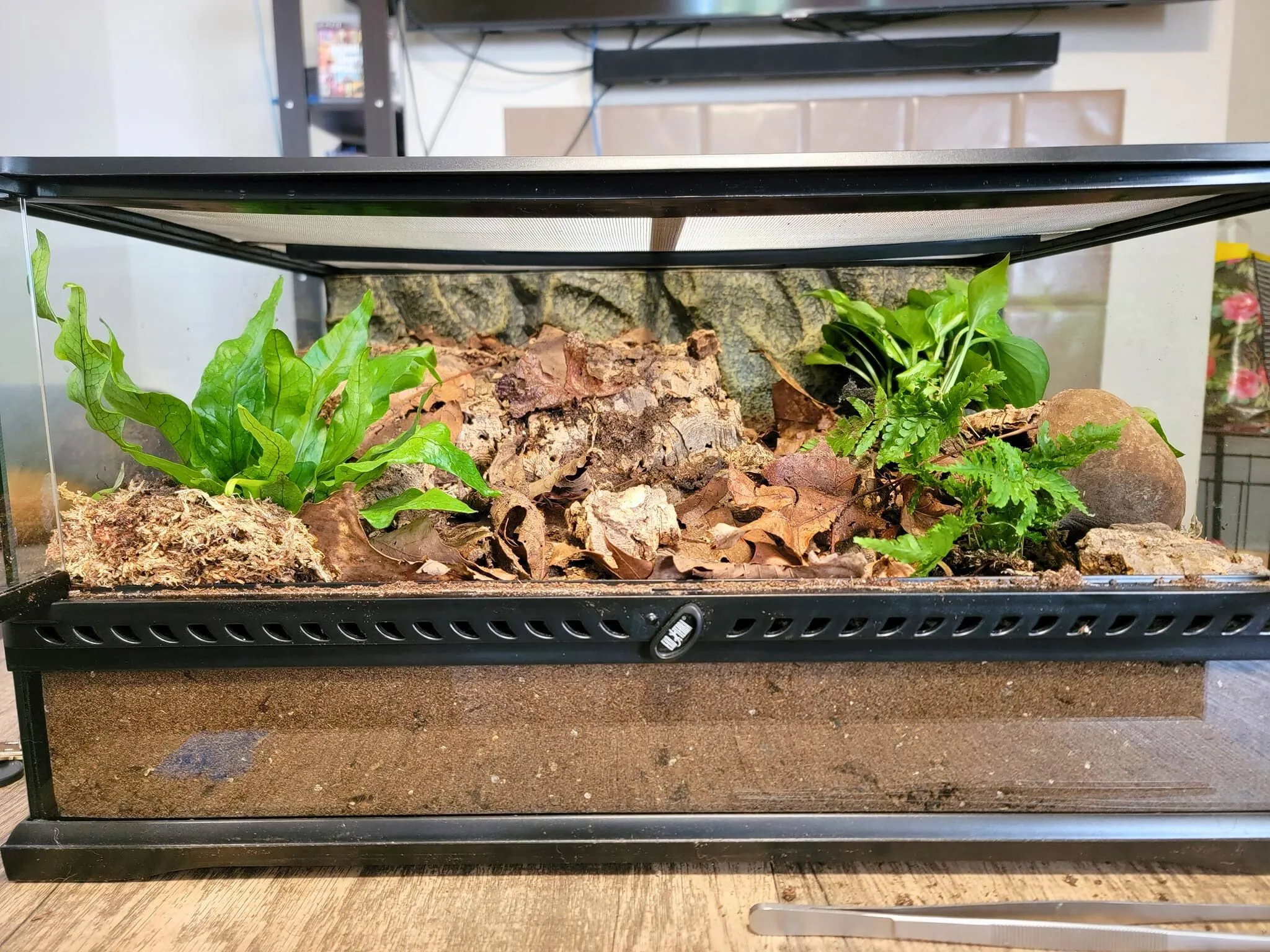
Uneaten food, such as insect parts, provides a readily available food source for mold. This organic matter decomposes, fostering mold growth. It is crucial to remove uneaten food promptly to prevent mold development. Regular enclosure maintenance should include checking for and removing any food debris. This simple step can greatly reduce the likelihood of mold proliferation. By maintaining a clean enclosure, you are not just preventing mold but also creating a healthier and more hygienic environment for your tarantula.
Identifying Mold in Your Tarantula Enclosure
Early detection of mold is critical for effective treatment. Being able to recognize the signs of mold can prevent serious issues. Regular inspections of your tarantula’s enclosure are necessary to catch any mold problems early. The more familiar you are with the different forms of mold and their appearances, the better you’ll be at keeping your tarantula safe. Prompt action prevents potential health issues for your tarantula and prevents the mold from spreading within the enclosure. Keeping a keen eye on your pet’s living space is essential for good tarantula care.
Types of Mold
Mold can appear in various forms, each with distinct characteristics. Some common types include white, black, green, or orange mold. Knowing these different types of mold can help you identify the severity and potential risks they pose to your tarantula. Understanding the specific type of mold can also help you determine the best course of action for treatment. Different molds may require slightly different approaches. Keeping a close watch for any unusual colors or textures helps ensure you can take immediate action. The variety of molds found can range from harmless to potentially dangerous, making identification important.
Visual Inspection

Regular visual inspections are a simple, yet effective method for detecting mold. Look for any discoloration on the substrate, enclosure walls, or decorations. Check for fuzzy, powdery, or slimy patches. Examine the substrate regularly for any changes in texture or appearance. A thorough visual inspection, done frequently, can prevent mold issues from escalating. Mold can spread rapidly, so prompt detection is crucial. Be thorough, examining every corner of the enclosure to spot any potential problems. This includes the substrate surface, the enclosure walls, and any decorations within the habitat.
Smell Test
A musty or earthy smell can indicate the presence of mold, even before it becomes visible. If you notice an unusual odor coming from the enclosure, investigate further. The smell often precedes visible mold, allowing you to take preventive measures early. Trust your senses and if something smells off, it’s worth investigating. While not as definitive as a visual inspection, the smell test provides an early warning system. The distinctive musty smell often associated with mold is a clear sign that action is needed. Taking notice of any unusual odors is a critical part of maintaining a healthy enclosure.
Best Treatment Methods for Mold
Once mold is identified, immediate action is crucial. The treatment methods involve cleaning the enclosure and eliminating the mold. Handling mold requires care to protect both your tarantula and yourself. Follow these steps precisely to effectively remove mold. By taking swift action, you can prevent further spread and safeguard your tarantula’s health. Implementing these methods consistently will minimize the risk of future mold growth and keep your tarantula happy and healthy. The key to successful mold treatment lies in acting quickly and methodically.
Immediate Cleaning
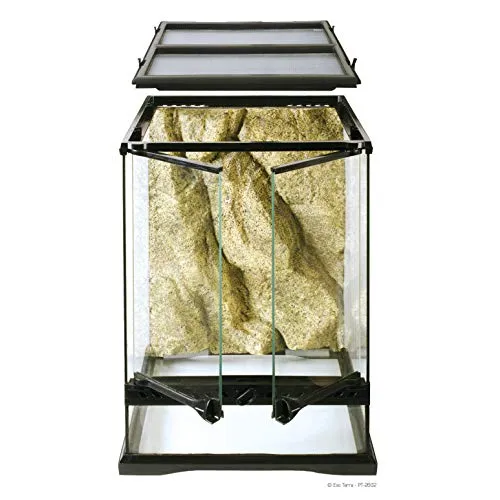
The first step involves taking swift action to address the mold. This includes removing the tarantula, discarding contaminated substrate, and thoroughly cleaning the enclosure. Speed and precision are essential for preventing the mold from spreading. These initial steps are foundational to preventing future mold growth. Acting immediately gives you the best chance of eliminating the problem and protecting your pet’s health. This is where you start, as the initial, crucial phase of mold treatment.
Removing the Tarantula
Safely remove your tarantula from the enclosure and place it in a temporary, clean container. This prevents exposure to mold and allows you to clean the enclosure thoroughly. Ensure the temporary container is secure and suitable for your tarantula’s size. Consider using a container that has adequate ventilation and is easily cleaned. Your pet’s safety is paramount, so ensure that the container is free from any potential hazards. Handle your tarantula with care during this transfer to minimize stress.
Discarding Contaminated Substrate
Carefully remove and discard all the contaminated substrate, as it is likely a primary source of the mold. Place the used substrate in a sealed bag to prevent spreading mold spores. Replacing the substrate is crucial to ensure the mold does not return. The used substrate should be disposed of properly and away from the enclosure. This action removes the food source for the mold. Consider completely replacing the substrate with fresh material. Removing the old substrate is essential in eliminating the mold.
Cleaning the Enclosure
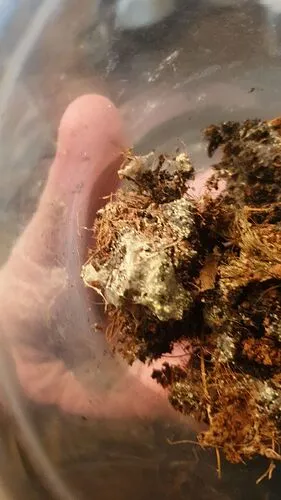
Thoroughly clean the entire enclosure, including the walls, decorations, and any other items. Use a safe cleaning solution, such as a diluted vinegar or hydrogen peroxide solution, to eliminate mold. Scrub all surfaces to remove any traces of mold. After cleaning, ensure all items are rinsed well and dried completely before returning them to the enclosure. This will remove mold spores and prevent re-infestation. Cleaning the enclosure in this manner is a crucial step in ensuring that the mold does not return. Pay attention to every corner and surface of the enclosure.
Safe Cleaning Solutions
Selecting the right cleaning solution is vital for removing mold without harming your tarantula. The wrong products can be toxic and dangerous. Always prioritize safety by using solutions that are effective yet gentle. Choose solutions that are effective and safe to avoid any potential harm to your tarantula. Always research and choose products that won’t harm your pet. Using the right cleaning agents ensures a safe and healthy environment for your tarantula, without any health concerns.
Diluted Vinegar Solution
A diluted vinegar solution is a safe and effective option. Mix equal parts of white vinegar and water. Apply the solution to the affected areas and allow it to sit for a short period before scrubbing. The acidity of the vinegar helps to kill mold. Rinse thoroughly with clean water after cleaning. Vinegar is a natural, non-toxic cleaner that effectively eliminates mold. Make sure all vinegar is thoroughly rinsed away. White vinegar’s cleaning power provides a safe and effective mold treatment. This method is both efficient and safe for your tarantula.
Hydrogen Peroxide
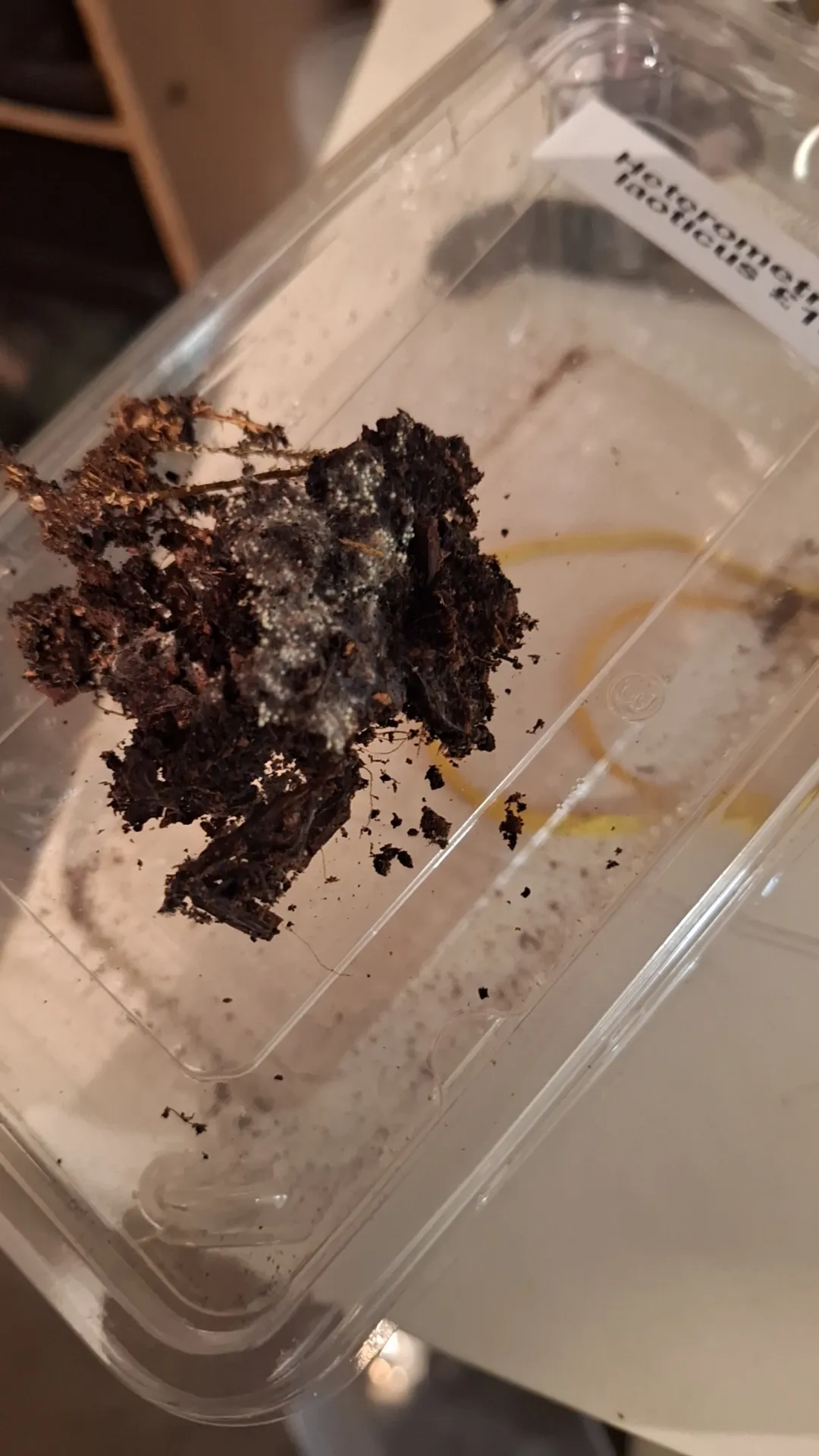
Hydrogen peroxide is another effective option. Use a 3% solution and apply it directly to the mold. Let it sit for about 10–15 minutes before wiping it away. Hydrogen peroxide is a powerful antifungal agent that effectively kills mold. Ensure that you rinse the area thoroughly after use. Always use the recommended concentration to prevent any harm to your tarantula. Hydrogen peroxide is another powerful and safe way to eliminate mold. This method will help ensure a healthy environment for your pet.
Preventing Future Mold Growth
Preventing mold from returning is as important as treating it. The key is to address the underlying causes. Implementing preventative measures will reduce the likelihood of mold outbreaks. Regular maintenance and monitoring are the most effective way to maintain a healthy enclosure. Taking a proactive approach is the best strategy to keep your tarantula’s enclosure free of mold. Ongoing prevention efforts are essential for the long-term well-being of your tarantula. Prevention involves consistent care and attention to detail.
Maintaining Proper Humidity Levels
Monitor humidity levels regularly using a hygrometer. Adjust ventilation to control humidity, ensuring that it’s within the ideal range for your tarantula species. Avoid overwatering the substrate and choose appropriate ventilation methods for the enclosure. The key is to strike a balance between providing adequate humidity for your tarantula and preventing excessive moisture. By carefully managing the humidity, you can reduce the chance of mold growth. Proper humidity management is essential for a healthy environment.
Improving Ventilation

Ensure that your enclosure has adequate ventilation to prevent moisture buildup. This can include cross-ventilation or a mesh top. Proper ventilation is essential for reducing humidity. Make sure there is a good airflow throughout the enclosure. If necessary, consider adding ventilation holes or modifying the enclosure. Adequate airflow helps prevent mold growth and promotes a healthy environment for your tarantula. Ensure that ventilation is present, to prevent a buildup of mold. Proper airflow helps to maintain a healthy environment.
Choosing the Right Substrate
Select a substrate that is less prone to mold. Consider using substrates that have good drainage or are naturally resistant to mold growth. Regular substrate changes are necessary to prevent the accumulation of organic matter, which can promote mold growth. Choosing a substrate that resists mold is essential for long-term prevention. You can also mix different substrates for enhanced drainage and mold resistance. Making the right choice in substrates can greatly reduce the chance of mold growth.
Regular Cleaning and Maintenance
Establish a regular cleaning and maintenance schedule. Remove uneaten food promptly and inspect the enclosure regularly for signs of mold. Perform spot cleaning as needed and conduct a complete enclosure cleaning periodically. Consistent maintenance helps to catch any potential problems early. A clean enclosure minimizes the risk of mold. Proper maintenance creates a better environment for your tarantula. Regular care is key to preventing mold and ensuring your tarantula’s well-being. Consistent upkeep is your best defense against mold.
When to Seek Professional Help
While you can handle most mold issues at home, some situations require professional assistance. Knowing when to seek expert help is important for your tarantula’s health. In severe cases, it’s essential to consult with a veterinarian or a specialist experienced in tarantula care. They can provide specialized advice and treatment options. Do not hesitate to seek professional help when necessary. Quick action can prevent serious health issues for your tarantula. There are situations when seeking professional advice is the best choice.
Signs of Severe Mold Infestation
Severe mold infestations involve extensive mold growth and may affect your tarantula’s health. Signs include widespread mold throughout the enclosure and potential health issues in the tarantula, such as difficulty breathing or changes in behavior. If the mold has spread considerably, it might be time to seek professional assistance. If your tarantula shows signs of illness, seek professional advice immediately. Severe infestations can pose a significant risk to your pet’s health. A large mold infestation may require more advanced measures.
Veterinary Advice
If your tarantula exhibits any symptoms of illness or if you are unsure about how to handle the mold, consult a veterinarian specializing in exotic animals. They can diagnose health issues related to mold exposure and recommend appropriate treatment. A veterinarian can offer expert advice on the best course of action. If your tarantula’s health is a concern, immediate veterinary care is essential. Veterinary advice can ensure a full recovery and prevent any long-term health effects. The health and welfare of your pet are your main priorities.
Conclusion
Mold in a tarantula enclosure is a manageable issue with proper knowledge and care. Understanding the causes, identifying the signs, and implementing the right treatment methods will help you maintain a healthy environment for your tarantula. Prevention is the most effective strategy. Consistent monitoring, proper humidity and ventilation, and regular cleaning are essential for keeping your tarantula’s enclosure mold-free. By following the guidelines in this guide, you can provide your tarantula with a safe and thriving habitat. Prioritizing your tarantula’s well-being ensures a long, healthy, and happy life for your pet. A proactive approach is your best defense.
